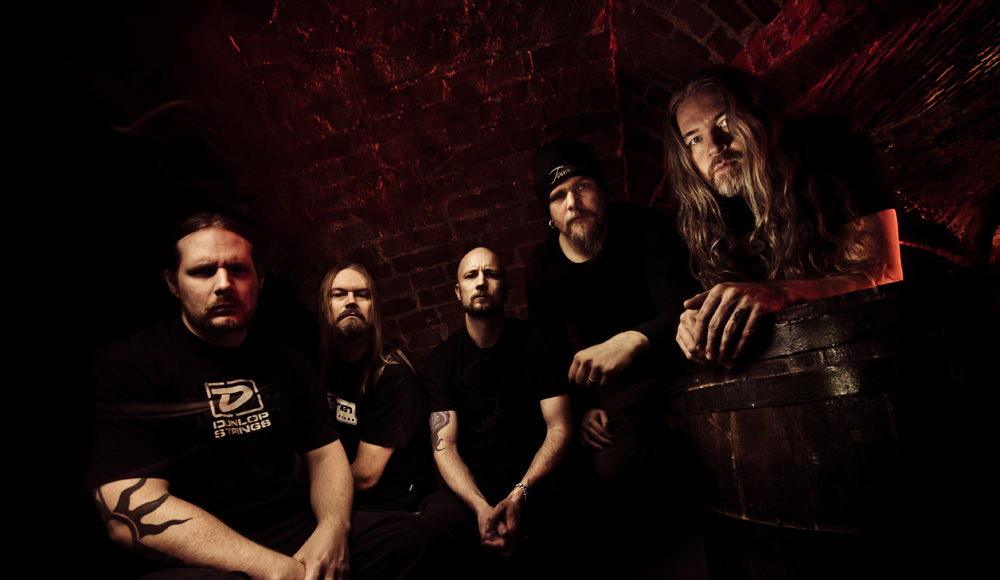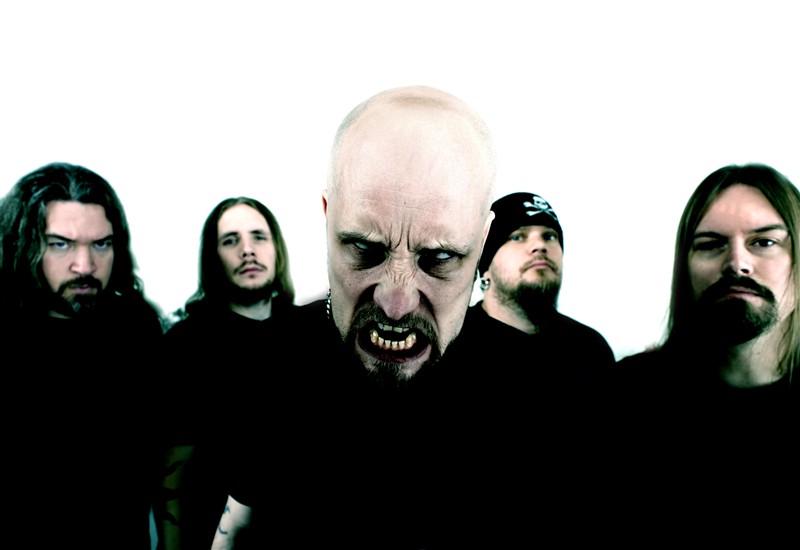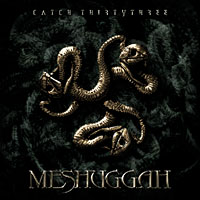This content appears in the iPad-exclusive ALARM 39. Download it for free and subscribe to our new print edition.
 Meshuggah: Koloss (Nuclear Blast, 3/27/12)
Meshuggah: Koloss (Nuclear Blast, 3/27/12)
“Do Not Look Down”
The average brain of an adult human has 100 to 500 trillion synapses. Each new electric impulse, each wrinkle that develops in our minds, leads to our understanding of the world around us. How this is done is still a mystery, and our experience of music is at the forefront of this complex puzzle. Somewhere between vibrations in the air hitting our eardrums and memory, we each confront and interpret the sounds of our surroundings and perceive the phenomenon of music — that which is made of rhythm, pitch, timbre, and dynamics.




